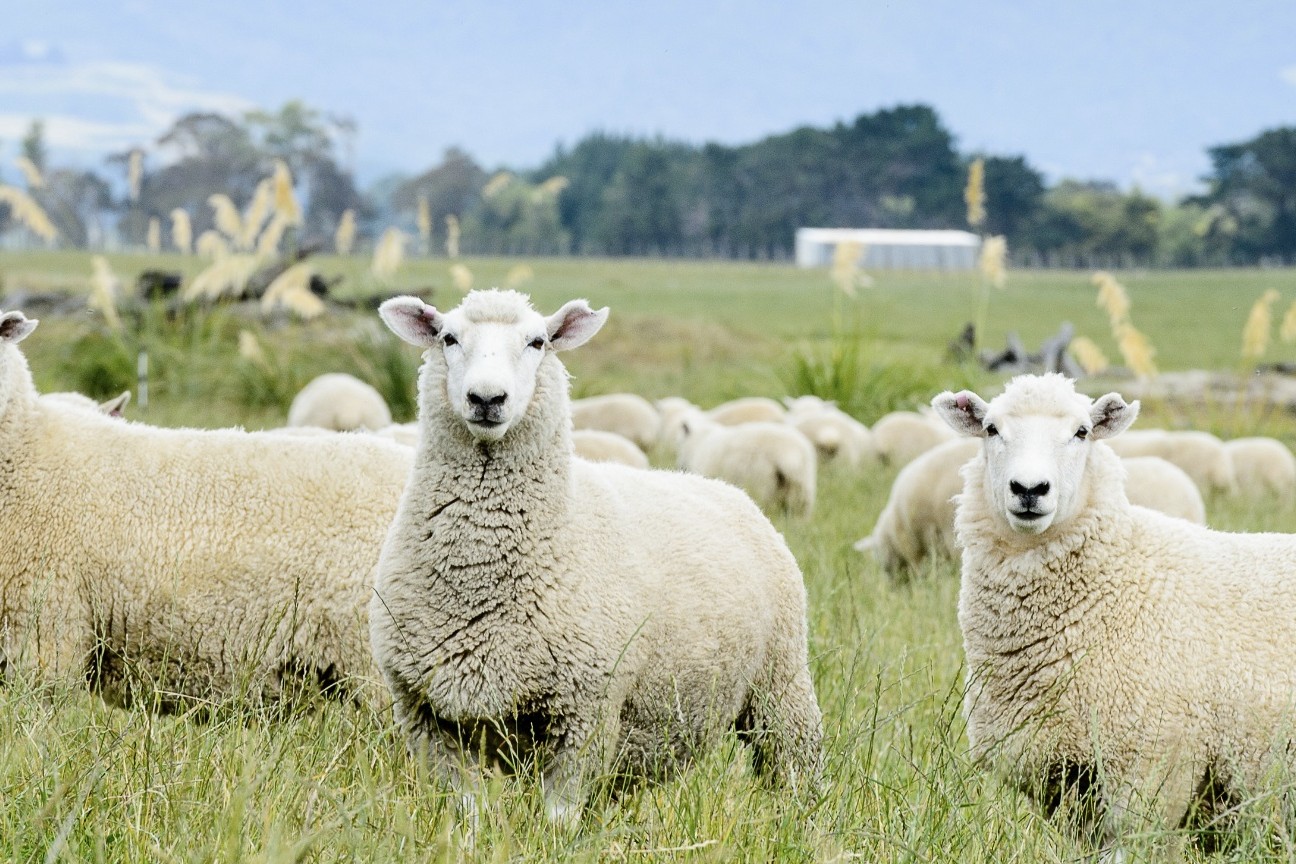Five steps to controlling internal parasites
North Otago veterinarian Dave Roberston has developed a five-point plan to help farmers control parasites in sheep farm systems. Words Tony Leggett.

Dave Robertson says his plan is nothing new but putting the five key areas together is proving empowering for farmers who adopt it. The five areas are well documented, mundane, with many layers of detail, so when presenting to farmer and other veterinarian groups, Roberston tries to get the group talking about the subject with each other.
“Having something novel or entertaining helps,” he says.
To add something novel or entertaining to improve uptake, Robertson pitches the five-point plan similar to an airline safety announcement delivered before take-off and has coined a catchy acronym, AIRMED, to make it easier for farmers to recall each point.
AIRMED
- Avoid the worms
- Integrate other stock classes
- Refugia
- Monitor stock health
- Effective Drench when needed
1. Avoid the worms
New grass after weaning is a great starting point for paddocks after baleage has been harvested. Forage crops like Chicory, Raphno or red clover also work well to provide both high quality and high protein feed.
The way grass is grazed is important when considering avoiding worm challenges. Moving lambs every 3-5 days on rotation means they will not be recycling and amplifying their parasite burdens. Set stocking lambs on permanent grass in the autumn is a recipe for poorer stock performance and higher parasite challenges, especially if irrigation and drench resistance are added to the mix.
Ewes also have a great ability to be a ‘net-remover’ of the parasite larvae lambs have left behind. Dave says, it is simple to have ewes flick through a block for 1-2 days after the lambs and it can have big benefits.
“When undrenched ewes have been worked into lamb trading blocks it has been quite remarkable how they can reduce the larvae left behind and change the worm frequency back to the susceptible types that are killed by drench.”
2 Integrate with other stock classes
Integration with other stock classes is a key component cleaning up parasite larvae left behind by lambs and calves.
“Farmers know this, it’s just getting them to take action and understand how to make it work for the whole system,” he says.
Also allowing a paddock to fallow for 12 weeks or more will also help reduce larval challenge. Other impacts on reducing the larval challenge are sunlight, dry conditions, very hot or very cold weather.
Robertson has seen examples of rising two-year cattle doing well following lambs in the autumn and faecal egg count (FEC) monitoring has shown this really does reduce the worm burdens in lambs the next time they go round.
3. Use refugia somewhere in the system
Robertson is a strong advocate for ‘refugia’ which is a term used when you leave a small percentage of ewes undrenched to create a population (or refuge) of drench-susceptible worms on the farm.
These drench-susceptible worms help to slow the build-up of parasites that are resistant to drenches.
He advises starting to establish refugia before lambing. “If this is the first time a farmer is considering not drenching ewes, then it is important to identify those refugia ewes so the effects of removing those drench inputs can be monitored.”
“I’m saying to farmers they should use the refugia ewes in their lamb grazing systems either with the lambs or behind them. They will reduce the pressure on the drenches that are used.”
This is usually done by looking at how daggy those refugia ewes are compared to the drenched ones and checking their body condition at weaning.
“Many farmers are surprised how well the refugia ewes do, and it builds confidence to press ahead with a more targeted approach to capital stock drenching,” Roberston says.
Robertson says on farms using refugia, he expects to see more 3+ body condition score (BCS) ewes, allowing more ewes to be left undrenched for longer or not at all.
“After a few seasons of this targeting drenching and monitoring, the focus shifts to be more about optimising body condition to achieve production, rather than whether they need drenching.”
Having more, higher BCS ewes means better lamb survival and improved weaning drafts. When more lambs leave the farm earlier, that means less drenching of lambs and more feed for ewes.
“Eventually refugia becomes a redundant concept and so does drench resistance,” he says.
4. Monitor stock health
Faecal Egg Counts (FECs) are now an essential component of farm data. They highlight the active worm burden of stock and allow farmers to assess if their management practices have been effective at avoiding the larval challenge. The second part of FEC data is reporting on drench efficacy. An egg count 10 days after a drench is now standard practice for a lot of farmers. Robertson advocates checking two or three drench types with pre and post FECs at weaning, late autumn or pre-lamb.
“This is very useful for making informed decisions about drench chemicals,” he says.
5. Effective drenching when needed
Relying on drench alone is not the solution and farmers are often tempted to drench for prevention instead “to ensure the wheels don’t fall off”.
Using less drench should also extend the life of the active ingredient in the drench as a successful worm control product.
Leading into lambing, Robertson advises farmers to determine the level of worm challenge through FEC sampling, and also to consider the feeding plan for ewes post shearing /pre-lamb to set stocking.
“There will be times when drenches are required in ewes, but ideally not all the time.”
“If blocks have been spelled from sheep for more than three months, or grazed with cattle previously, then those lambing blocks should have lower larval challenge.”
“Ewes should be body condition scored and a feeding plan for tail-end ewes should be put in place before set stocking,” he says.
Any decision to drench any ewes pre-lamb should depend on worm burden and ewe condition.




